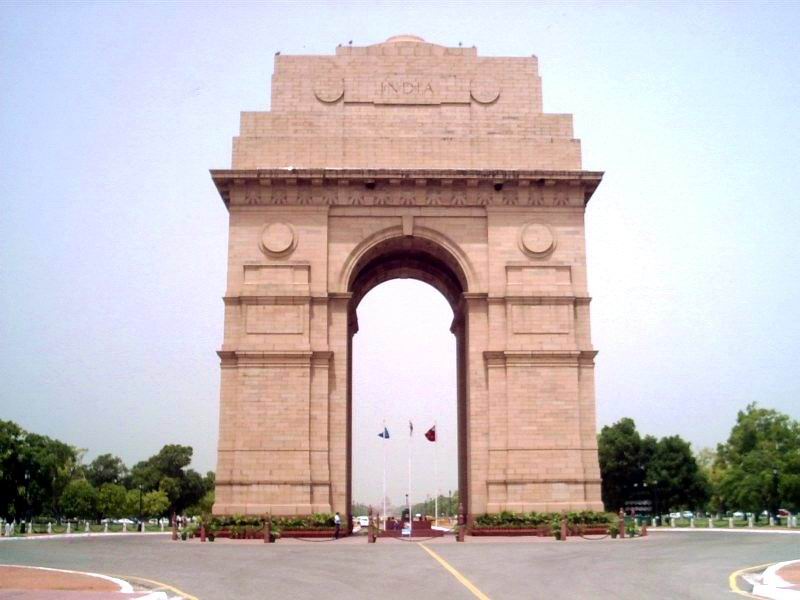Cycling through the street of New Delhi shows a very clear contrast between New Delhi and Old Delhi which can be compared to the rich and the poor part in Delhi New Delhi was largely designed by Lutyens over twenty years from the year 1912 to 1930, the Metropolis part of Delhi is a replacement of Calcutta Calcutta to Delhi New Delhi was selected for transformation a group of experts is then being selected to help create the “New Delhi
Lutyens argued for a site south of Shah Jahan's seventeenth century Mughal capital, on a low hill close to the village of Raisina Delhi to the wilderness of ruined tombs that form the remains of the seven older Delhi new city Bombay or Calcutta New Delhi was planned as a Beaux Arts-style Garden New Delhi Connaught Place new city
Rashtrapati Bhawan
India Gate




No comments:
Post a Comment